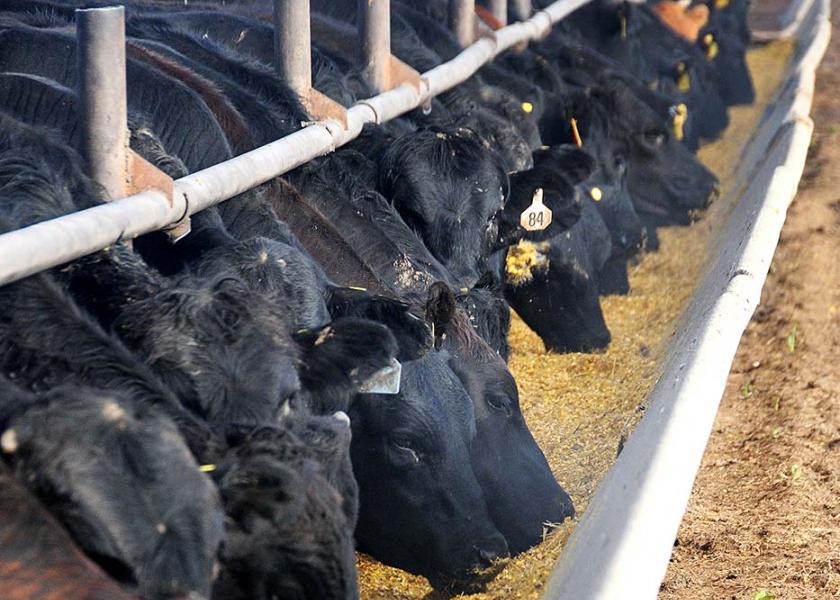Declining Weights, Grades Suggest Fewer Front-End Cattle

Weekly data from USDA’s Agricultural Marketing Service suggest the peak in fed cattle numbers is in and numbers should decline going forward.
Specifically, carcass weights declined 4 pounds last week to 859, and with that national grading percentages are shifting lower. For instance, weekly Prime grading carcasses reached 12.5% this spring, and June saw the first slip below 10% Prime in 21 weeks. That trend corresponds with some increase in Select grading carcasses over the same time period.
Declining carcass quality is one sign cattle are going to market with fewer days on feed, and a sign front-end cattle supplies are reduced. Seasonally, dressed weights have decreased and with those so has the percent grading Prime.
“Recent trends are not expected to reset long-term trends of growing the percent Prime and Choice graded beef,” says Altin Kalo, senior economist at Steiner Group Consulting. “The long-term trend since about 2007 has favored gains in higher quality grades. Since about 2007 Choice graded beef has risen from about 50% of the carcasses presented to over 70%. Prime was only about 2-3% of the carcasses presented in 2007, and in the last two years has regularly been over 10%. Select graded beef now only represents about 15% of the carcasses presented compared to 30-40% in the middle to early 2000s.”
Beef slaughter volumes are expected to be about 10,000 head lower this week, another indication feedyard showlists are smaller.







